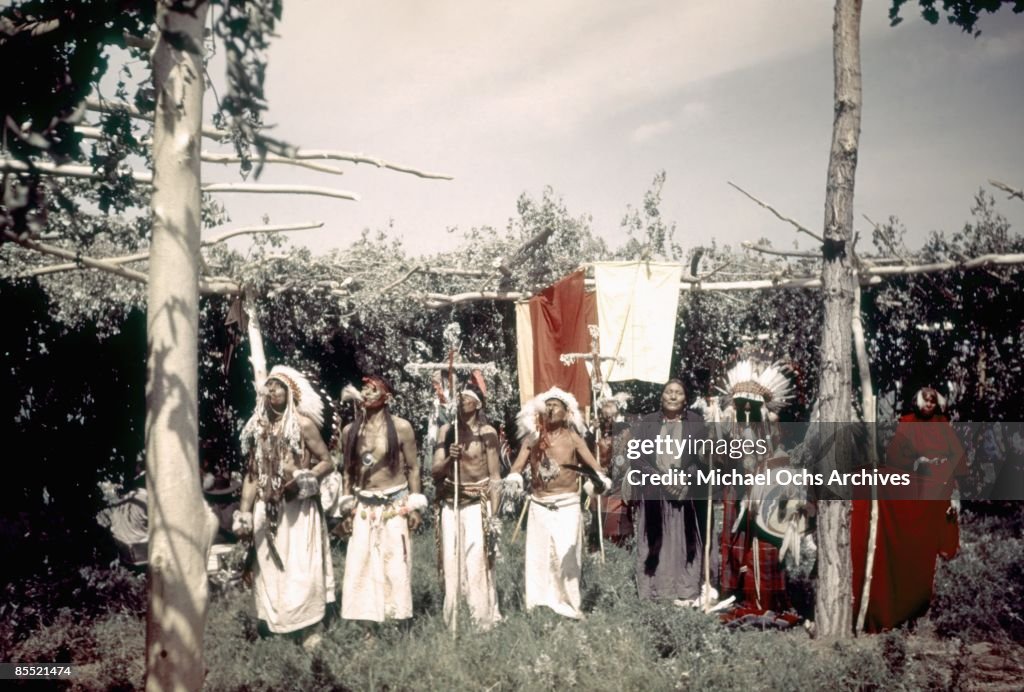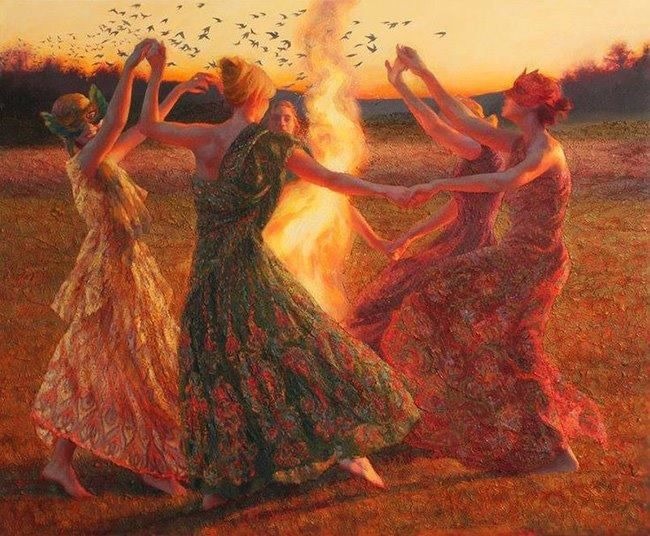By Mandari Wickramaarachchi
The Summer Solstice, occurring around June 20-22 in the Northern Hemisphere, is one of the most significant astronomical events of the year. For astronomers, it marks a key moment in Earth’s orbit, when the North Pole tilts closest to the Sun, resulting in the longest day and shortest night. While many cultures celebrate this event with festivals, from an astronomical standpoint, the solstice offers fascinating insights into planetary motion, axial tilt, and seasonal changes.
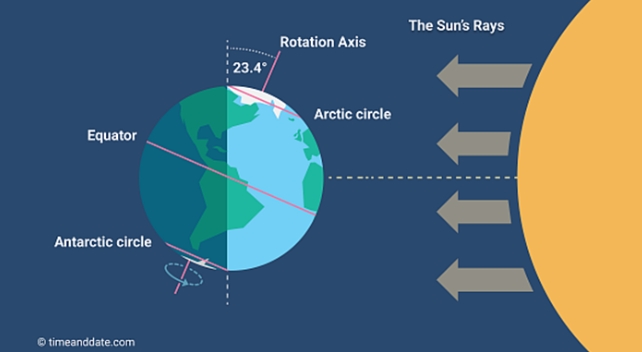
Astronomy & the Summer Solstice
The term “solstice” itself comes from the Latin words “sol” (Sun) and “sistere” (to stand still), referring to how the Sun’s apparent northward movement pauses before reversing direction.
The exact date of the summer solstice varies between June 20-22 due to differences between our calendar year (365 days) and Earth’s actual orbital period (about 365.24 days). This discrepancy is why we have leap years to keep our calendar aligned with astronomical events.
Sri Lanka
The June Solstice in Sri Lanka is at 08:12 on Saturday, 21 June 2025. In terms of daylight, this day is 53 minutes longer than the December solstice. In most locations north of the equator, the longest day of the year is around this date.
Humans & the History of the Solstice
Europe
Stonehenge’s Sacred Alignment, England.
For over 5,000 years, the Neolithic builders of Stonehenge demonstrated remarkable astronomical knowledge by aligning the massive stones to perfectly frame the summer solstice sunrise. Modern-day druids, pagans, and curious travelers continue this ancient tradition, gathering in their thousands to witness the first golden rays of solstice dawn illuminating the sacred Heel Stone. The atmosphere is electric with drum circles, chanting, and a palpable sense of connection to our ancestors who first marked this celestial event with stone circles across Britain.
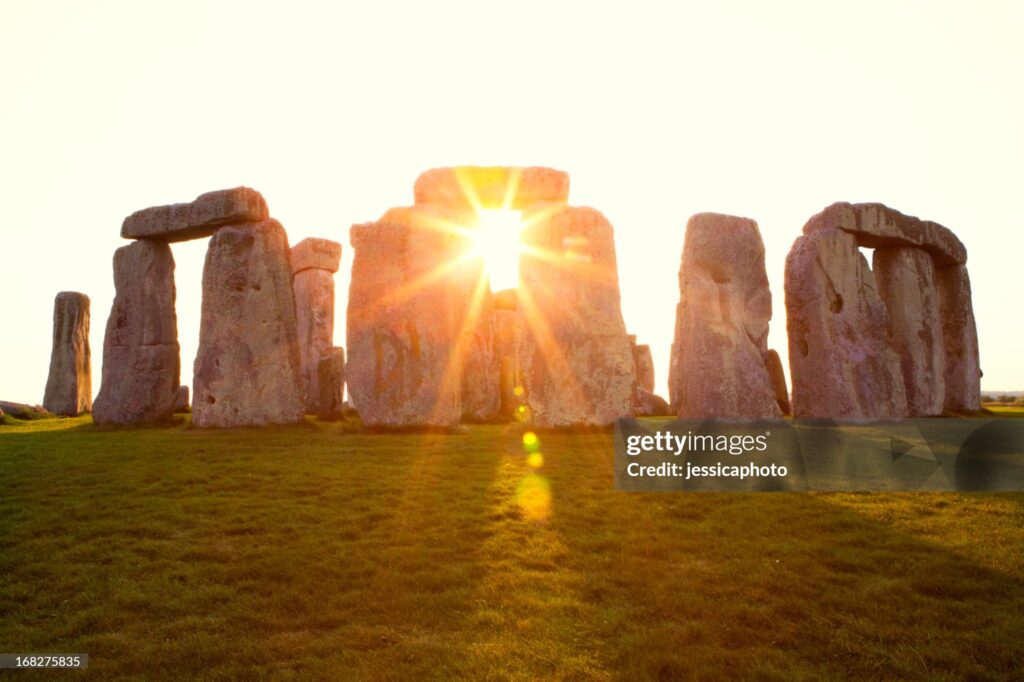
Scandinavian Midsummer Magic
Viking descendants keep alive one of Europe’s most vibrant solstice celebrations. In Sweden, villages erect towering maypoles adorned with flowers while revelers dance traditional ring dances to folk music. Families retreat to countryside cottages to feast on pickled herring, new potatoes with dill, and strawberries with cream. Bonfires blaze along Norway’s fjords, where locals once believed the flames would ward off evil spirits that wandered freely when the sun stood still. In Finland, the magical “night-less night” inspires all-night parties where saunas and midnight swims in lakes under the golden twilight create unforgettable experiences.
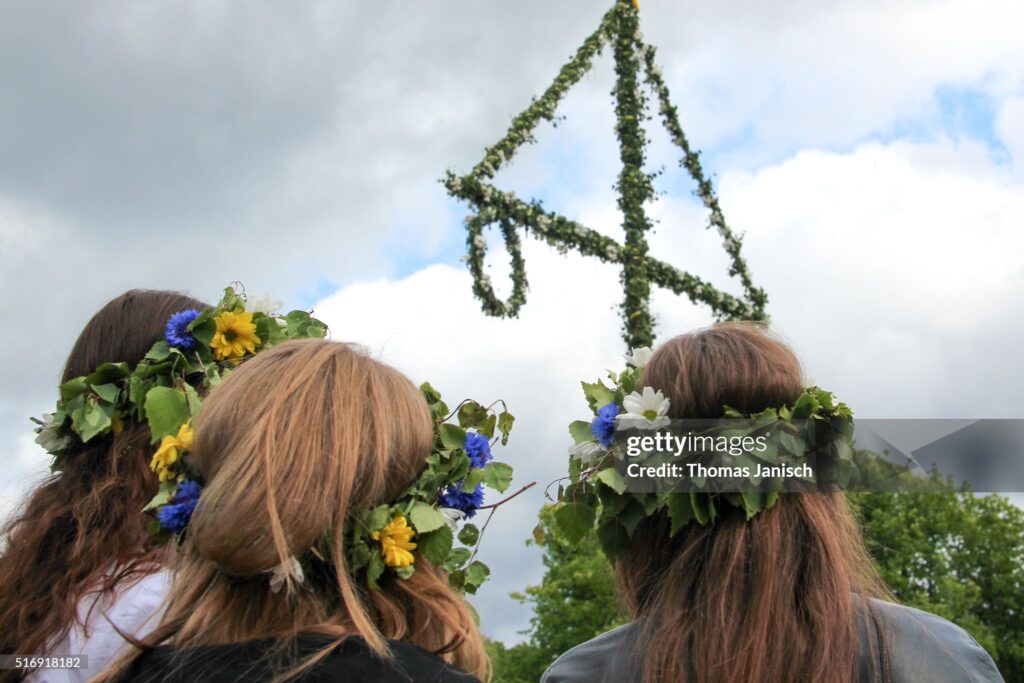
Slavic Kupala Night Mysticism
Across Ukraine, Poland, and Russia, this ancient pagan celebration blends fire and water rituals with folk magic. Young couples leap hand-in-hand over roaring bonfires – if they don’t let go, their love is said to last forever. Maidens float flower wreaths with candles down rivers to divine their romantic futures. Herbalists harvest magical plants believed to gain special healing powers on this night, particularly the elusive fern flower that supposedly blooms only at midnight on Kupala. The celebration survived Christianization by merging with St. John’s Feast Day, creating a unique blend of pagan and Christian traditions.
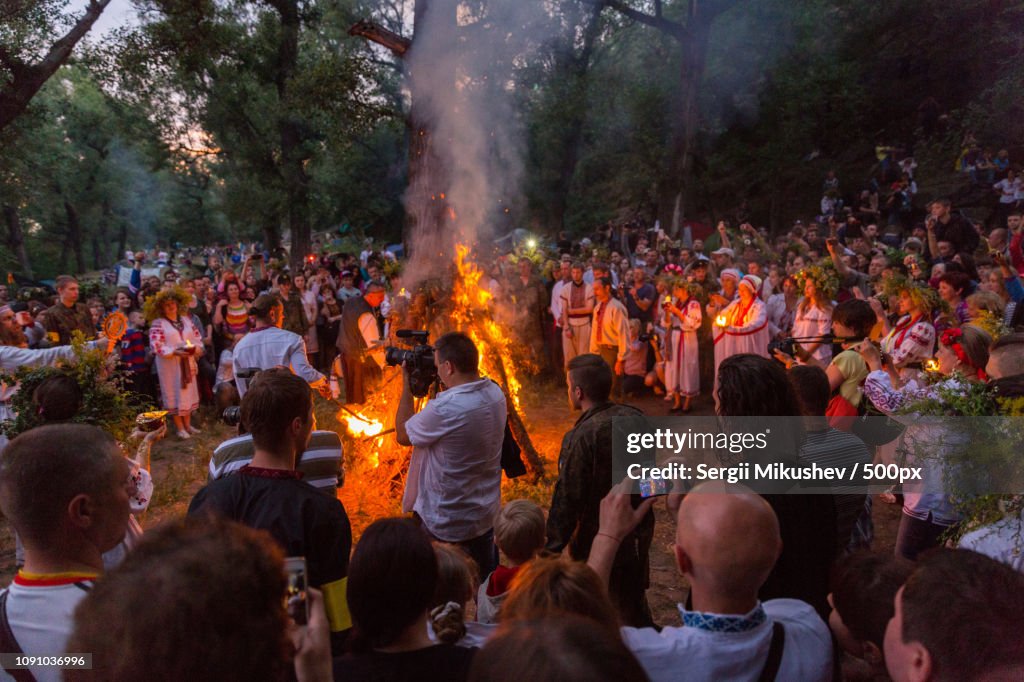
Solar Deities & Sacred Rituals
Egypt’s Solar Majesty
At the magnificent Temple of Karnak, the solstice sunrise would illuminate the inner sanctum where only pharaohs and high priests could witness Ra’s light penetrating the holy of holies. The Nile’s annual flooding coincided with Sirius’ heliacal rising just after the Solstice, creating the ancient Egyptian new year. Pharaohs performed sacred rituals to ensure Ma’at (cosmic order) would continue as the Sun reversed its course. Modern visitors can still experience this celestial alignment at Abu Simbel, where the sun’s rays penetrate to illuminate statues of gods in the temple’s deepest chamber.
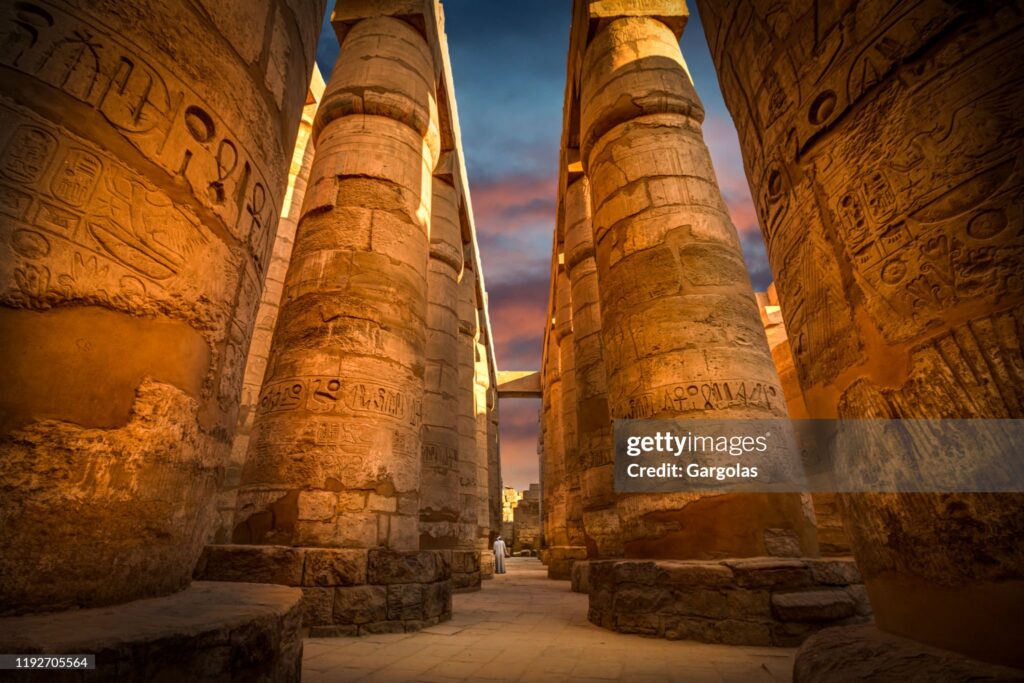
Inca’s Imperial Sun Celebration (Inti Raymi)
In Cusco, the Inca emperor would preside over nine days of elaborate ceremonies during Qhapaq Inti Raymi. Dressed in solid gold ornaments that mirrored the sun, the Sapa Inca would offer chicha (corn beer) to Inti while priests sacrificed perfect llamas. Thousands of soldiers and nobles participated in meticulously choreographed dances representing cosmic balance. Today’s colorful reenactment features hundreds of performers in authentic costumes processing from Qorikancha (the Golden Temple) to Sacsayhuamán fortress, where the climax features an “animal sacrifice” (now simulated) and speeches in Quechua honoring Pachamama (Mother Earth).
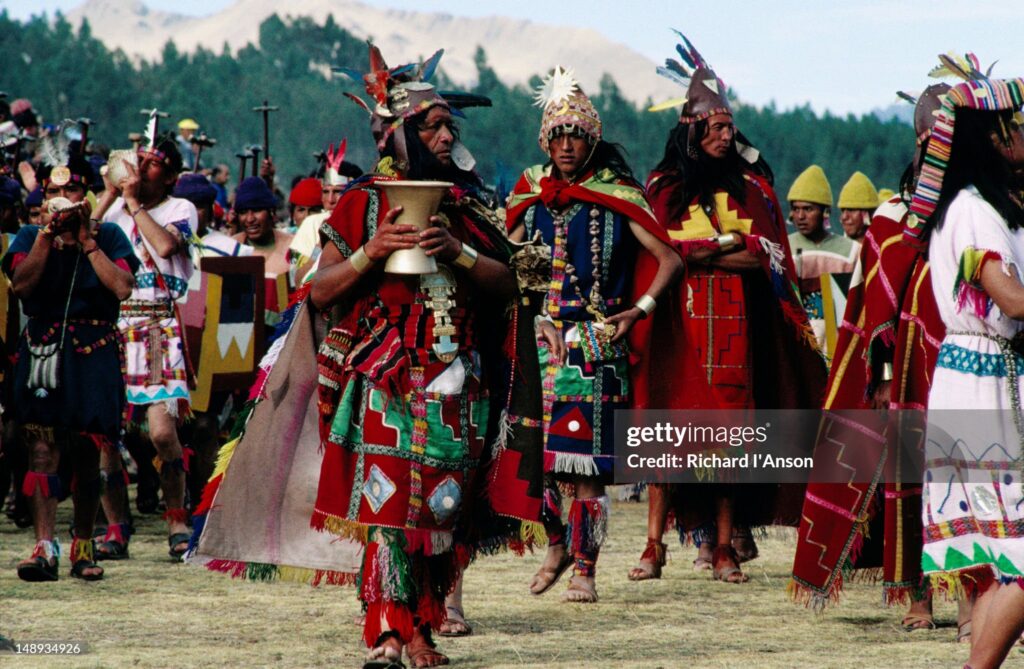
Mesoamerican Solar Spectacles
At the Chichén Itzá’s El Castillo pyramid, the late afternoon sun creates undulating shadows resembling Kukulkan, the feathered serpent god descending to earth. The Maya calculated this phenomenon with astonishing precision – the northern staircase becomes divided into triangles of light and shadow that connect the pyramid’s top to giant serpent heads at its base. Aztec priests at Tenochtitlan would sacrifice captives to Tonatiuh, the Sun god, believing their blood sustained the Sun’s journey across the sky. Modern Maya communities still celebrate with traditional dances and offerings of corn at sacred cenotes.
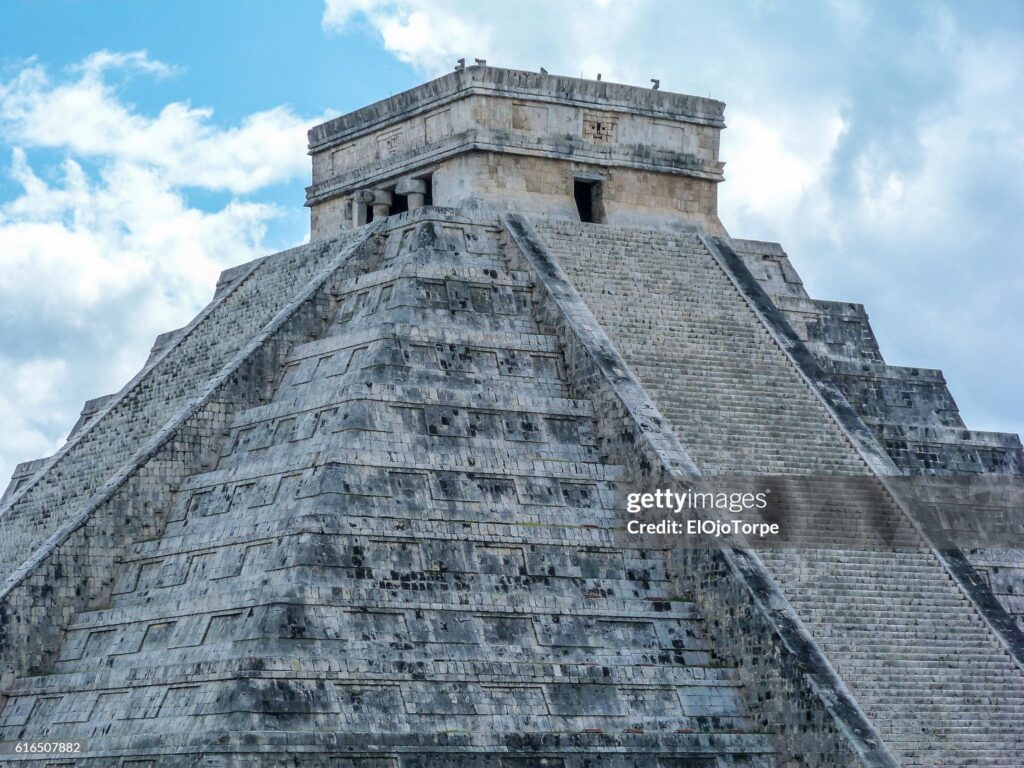
Indigenous Traditions
Native American Sun Dances
The Sioux’s sacred Sun Dance involves days of fasting, prayer, and piercing rituals where dancers attach themselves to the “Tree of Life” with leather thongs through their chests. The painful sacrifice symbolizes spiritual rebirth and connection to Wakan Tanka (the Great Spirit). For the Hopi, the solstice marks the homecoming of kachina spirits, celebrated with elaborate masked dances. The Zuni people conduct the “When the Sun Stands Still” ceremony, featuring processions with Sun symbols and corn maidens to ensure agricultural abundance.
